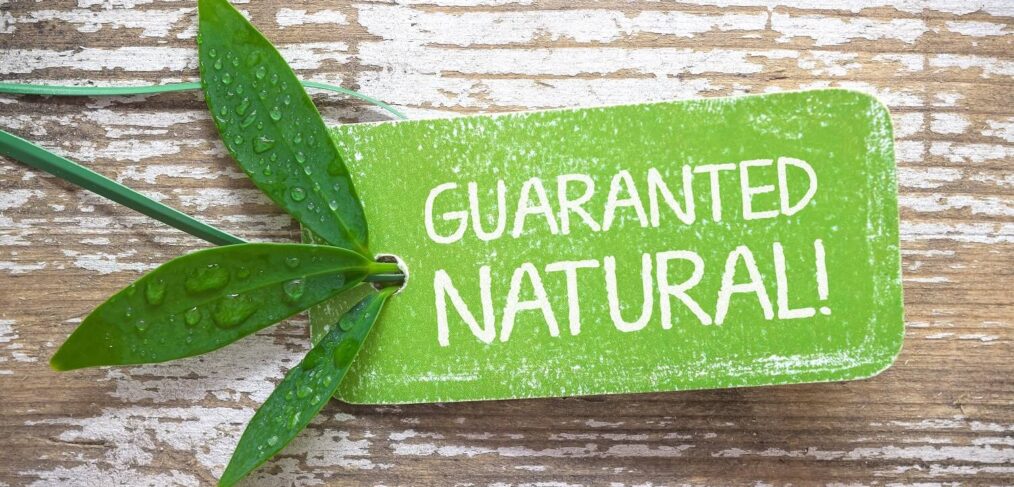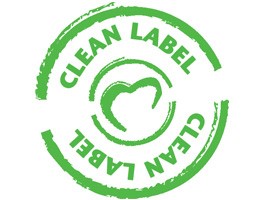
The Evolution of Clean Label
Food brands face so much consumer scrutiny in today’s market. In addition to taste and retail (Top 2 influencers on product purchases), they have come to demand increased knowledge of the product’s ingredients, their source and, how they are manufactured to name a few. It was not so long ago where families would create their shopping list and make their way to the grocery store with little or no desire to understand the ingredients in the foods they were eating. This was no more evident than with Kraft’s “Kraft Dinner”. Unknown to many consumers, they utilized synthetic colours in its iconic macaroni and cheese. This practice continued for 75 years until eliminated at the end of 2016.
Motivated to make healthier decisions, consumers are analyzing the product’s ingredients. A recent research study from the International Food Information Council revealed:
- 63% of consumers are paying more intention to the ingredient list.
- 30% say ingredients have a big influence on their purchases.
- Almost 67% of consumers try to choose foods made from clean ingredients.
In fact, clean label has surpassed brand recognition as consumers’ most important consideration when purchasing a food product.[i] When consumers were asked: when shopping for a new product, what do they usually read on the packaging?
- Ingredient list – 51% identified as the most important attribute.
- The brand, over all – 45% of consumers said this motivated their purchase.
- Product description: 49% said this informs them what to purchase,[ii]

“Welcome to: “The Evolution of Clean Label”!
Though clean label is the biggest trend in the food and beverage sector, the definition is murky at best. As there is no Government regulated definition, clean label is in the eyes of the beholder. The Cambridge dictionary definition: “The proponent of eating foods that are regarded as healthy, especially fresh foods that have not been processed. According to new research from the International Food Information Council:[iii]
- Four in ten consumers consider themselves clean eaters (i.e., eating foods that are not highly processed. Eating organic foods, foods with no GMO’s).
This same study suggested younger, well-educated and, tech-savvy consumers with higher incomes are most likely to identify as clean eaters.
Today, 91% of consumers believe food and beverage options with recognizable ingredients are healthier.[iv] As there is no formal definition, the lists below define 1. How consumers define clean label, and 2. Attributes not associated with Clean Label:[v]
How Consumers Define Clean Label
- Organic certified – 68%
- Found in the part of the store I expect to find fresh foods – 61%
- Contains only familiar ingredients – 58%.
Attributes Not Associated with Clean Label
- Made with ingredients that sound like a chemical – 55%.
- Seems highly processed – 52%.
- Contains artificial ingredients – 45%.
The clean label movement has become an expectation of the consumer. Global clean-label food sales were projected to top $180B in 2020, up from $165B in 2015.[vi] A 2017 study undertaken by PR agency, Ingredient Communications found as many as 73% of consumers were happy to pay premium retail for a food or drink product made with ingredients they recognize and trust.[vii] In a study recently conducted by Karina Gallardo, Washington State University, she revealed consumers will pay more for clean label ready-to-eat meals.[viii]
Moving forward, industry experts agree that clean label must evolve, guided by some guidelines from policymakers the industry can abide by. Not only should the definition include not only how the product is prepared but also how it is: 1. Served, 2. Preserved, 3. Stored, and 4. Packaged.
[i] Consumers are Paying More Attention to Ingredient List, www.foodbusinessnews.com, June 2021
[ii] Ingredient Lists are Powerful Purchasing Motivators, www.foodnavigator.com, September 2018
[iii] Four in 10 Consumers Identity as Clean Eaters, www.foodbusinessnews.com, June 2021
[iv] Onward and Upward, Clean Label Shows No Signs of Slowing, www.fooddive.com, February 2019
[v] Unpacking Clean Label – What Consumers Expect in Covid-19 Times, February 2021 Webinar, Bakery and Snacks
[vi] Cleaning up Clean Label Confusion, www.ift.org, February 2020
[vii] 75% of Consumers Will Pay Extra for Clean Label Ingredients, www.foodbeverageinsider.com, March 2017
[viii] People Will Pay More for Clean Label Ready to Eat Meals with Fewer Ingredients, Study Finds, www.Nationalpost.com, June 2021





